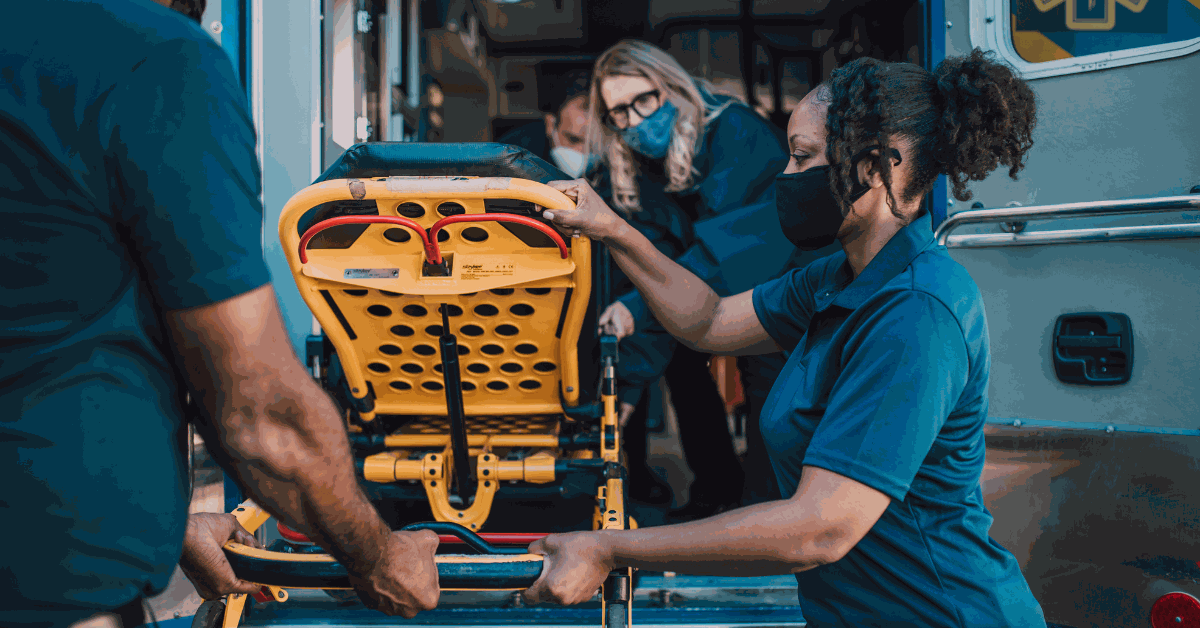The opening minutes of malpractice trials are critical for defense attorneys. They have several tall tasks, including resetting the jury’s mindset and reframing the opposing narrative before it takes hold. In high-stakes medical malpractice litigation, plaintiff’s counsel often opens with a powerful emotional appeal that paints the defense client as careless or morally at fault. Jurors need a new narrative from the defense right out of the gate that provides a cognitive lens to interpret the case from a broader, more rational perspective.
To counter the plaintiff’s emotional opening, medical malpractice defense opening statements must do more than deny allegations—they must reorient jurors toward medical complexity and context. Rather than focusing on the plaintiff’s claims, the defense should immediately provide a framework rooted in evidence-based medicine, clinical timelines, and reasonable standards of care. This might involve highlighting known complications, the patient’s preexisting conditions, noncompliance with medical advice, or the role of other providers or facilities. The goal isn’t to apologize—it’s to redefine the story in a clinical, rational light before the jury settles into the plaintiff attorney’s emotional framing.
Impactful defense openings are non-negotiable. There’s no time to waste with civic platitudes, hospital pride, or your grandfather’s life lessons. Lead with the facts that disrupt the plaintiff’s narrative, not reinforce it.
How should defense attorneys effectively introduce alternative causation in medical malpractice opening statements?
Defense attorneys should introduce alternative causation immediately by clearly stating a plausible, evidence-backed explanation for the outcome that shifts focus away from the defendant. This sets a new narrative for jurors to frame the case around broader contributing factors rather than the defendant’s conduct.
Opening Statement Mistakes That Harm Healthcare Clients
Too often, defense counsel starts their opening with polite niceties or soft introductions. While it might feel courteous, it’s a strategic error. These first moments of a medical malpractice trial are golden minutes – wasting them on jury service appreciation, hospital backstories, or outlining what an opening statement is drains momentum and fails to reset the emotional tone set by the plaintiff attorney.
Worse yet, many defense openings immediately launch into a passive denial: “Dr. Jones is a good doctor,” or “We didn’t do what the plaintiff claims.” To jurors, especially after hearing a strong plaintiff’s account, this sounds like “we did it.” Denial-first openings validate the plaintiff’s framing rather than replacing it. The focus stays on the defendant, and that’s a mistake.
Another major misstep is overly defending the healthcare provider as a person or brand. Highlighting decades of community service or employee count may theoretically humanize the institution. Still, it doesn’t answer the jury’s pressing question: What really happened here, and why should I consider any explanation other than the one I just heard?
Instead of reassurance, jurors need reasons to shift their thinking. Warm-up content and reputation appeals simply do not meet that demand.
Defense Reframing Strategies That Protect Healthcare Providers
So, how should defense attorneys handle medical malpractice opening statements?
1. Start with Alternative Causation
Come out swinging with a credible, detailed alternate explanation for the injury or outcome. Whether it’s the patient’s noncompliance with post-operative care, an unrelated comorbidity, or the negligence of a third party, start there. Redirect the narrative away from the defendant and clarify – there’s more to this story.
2. Introduce a Villain – That Isn’t Your Client
In any good story, most audiences crave a villain. Jurors are no different. If you don’t give them one, they’ll assume it’s your client. The “empty chair” strategy – highlighting a party not present who had significant influence, or emphasizing unforeseeable complications, may provide a more reasonable source of fault. The key tip is, just don’t let your client be the only figure on stage.
3. Prime Jurors with the Cognitive Lens
Jurors are receiving this information for the first time. Your job is to give them a frame to interpret what they’re about to hear. A timeline, a theme – “complex care decisions in emergent settings”, or a pattern of behavior (e.g., patient noncompliance) can anchor their understanding. Without a defense-provided perspective, the narrative presented by the plaintiff will occupy this void.
4. Avoid Defensive Body Language and Tone
Your delivery matters. Just as witnesses must avoid appearing evasive or argumentative, defense counsel must remain composed, confident, and sincere. An anxious or apologetic tone – even in the absence of actual fault – can undermine the power of your reframing.
5. Keep It Crisp
Jurors have short attention spans and poor memory retention. Open with strong, short assertions. Avoid explanations longer than 30–45 seconds. Let your theme repeat and reinforce your angle, but always with brevity and control.
How Defense Counsel Can Implement These Techniques
Impactful medical malpractice opening statements require preparation and collaboration. That’s where litigation consultants come in. They can help the defense implement techniques rooted in science and data.
Start Early with Trial Preparation
Effective trial attorneys know good opening statements are not written the night before. Start developing your trial themes 30 to 60 days ahead of the trial date. Use jury research to test potential reframing strategies. Build a narrative that isn’t just a response to the plaintiff’s story – it’s a compelling, standalone framework.
Train Witnesses to Match the Storyline
A powerful opening only works if the witness testimony supports it. That means preparing your witnesses, especially healthcare professionals who’ve never testified, for the emotional and psychological toll of the trial. They must be trained to own the facts, avoid pivoting during adverse questioning, and remain behaviorally consistent across direct and cross.
Coordinate Demeanor, Tone, and Delivery
Witnesses and attorneys need to present a united, calm, confident front. Over-eager rehabilitation or robotic responses can damage credibility. Jurors pay attention to shifts in tone, speed, and behavior. Ensure that the transition from plaintiff to defense questioning is smooth, not theatrical.
Control the Pace of Storytelling
Whether in opening remarks or witness testimony, the defense must control the narrative pace. Don’t let adrenaline rush yourself or your witnesses into long, overwhelming answers. Keep communication tight and intentional, especially during direct examination.
Practice. Then Practice Again
Opening statements should be rehearsed, not memorized, but practiced enough to deliver confidently and smoothly under pressure. Consider recording a mock version, getting feedback from litigation consultants, and watching it back to assess clarity, tone, and emotional impact.
Take Control of the Narrative with Courtroom Sciences
First impressions are everything, especially at trial. The plaintiff opens with emotion and clarity, and if the defense fails to reframe the narrative immediately, the jury’s perception may solidify in the first few minutes, which becomes a steep hill for the defense to climb. Well-prepared reframing strategies help take control of the narrative – the strongest medical malpractice opening statements don’t just defend the case, they define it.
Courtroom Sciences helps attorneys efficiently navigate litigation by providing psychological expertise, science-backed data, and expert support for all phases of litigation. Learn how CSI’s litigation consulting experts can improve outcomes for your next case.
Speak with one of our experts to get started.
Be confident in achieving superior litigation outcomes. CSI has the expertise, track record, and capabilities to help you win.



